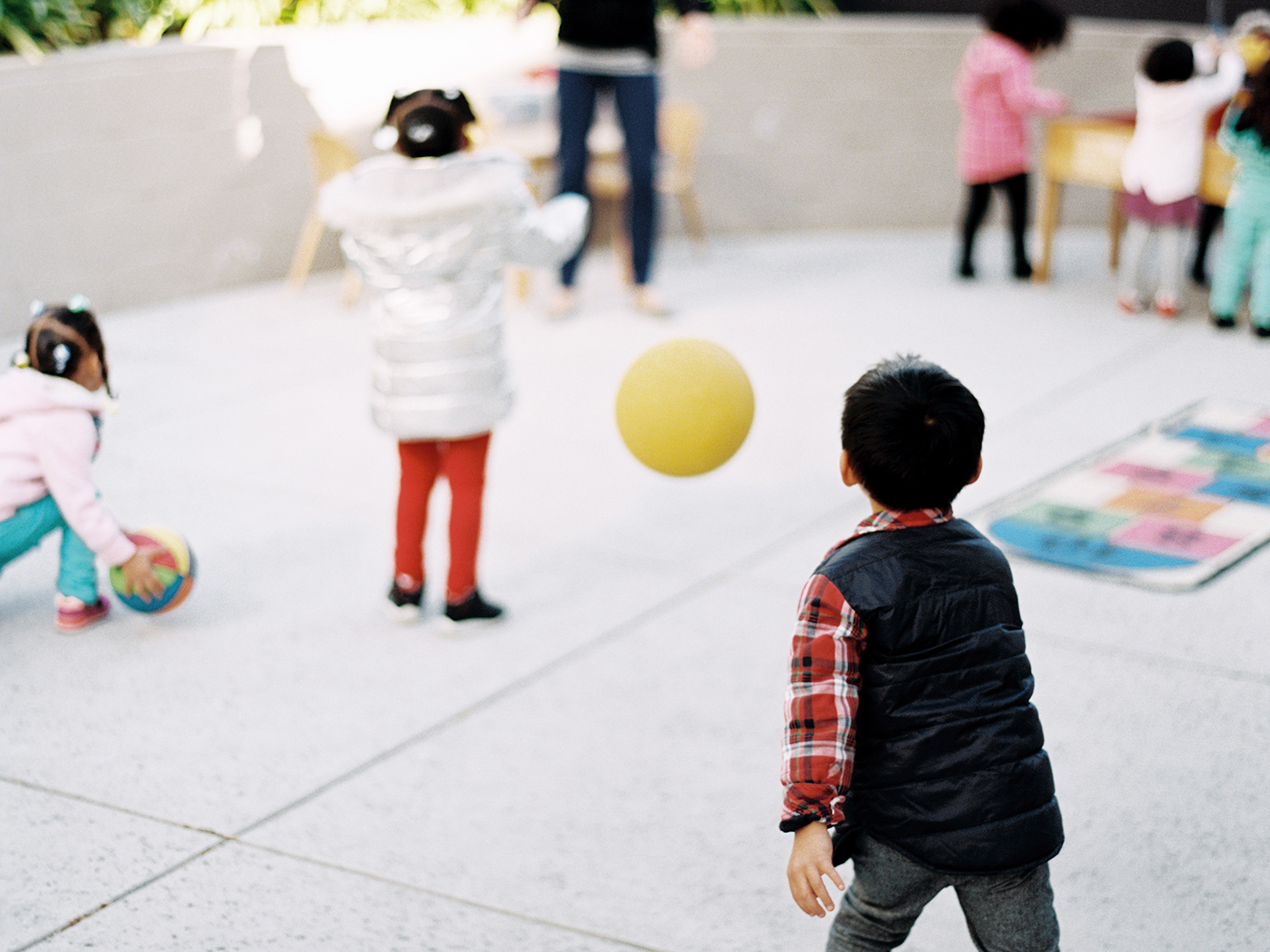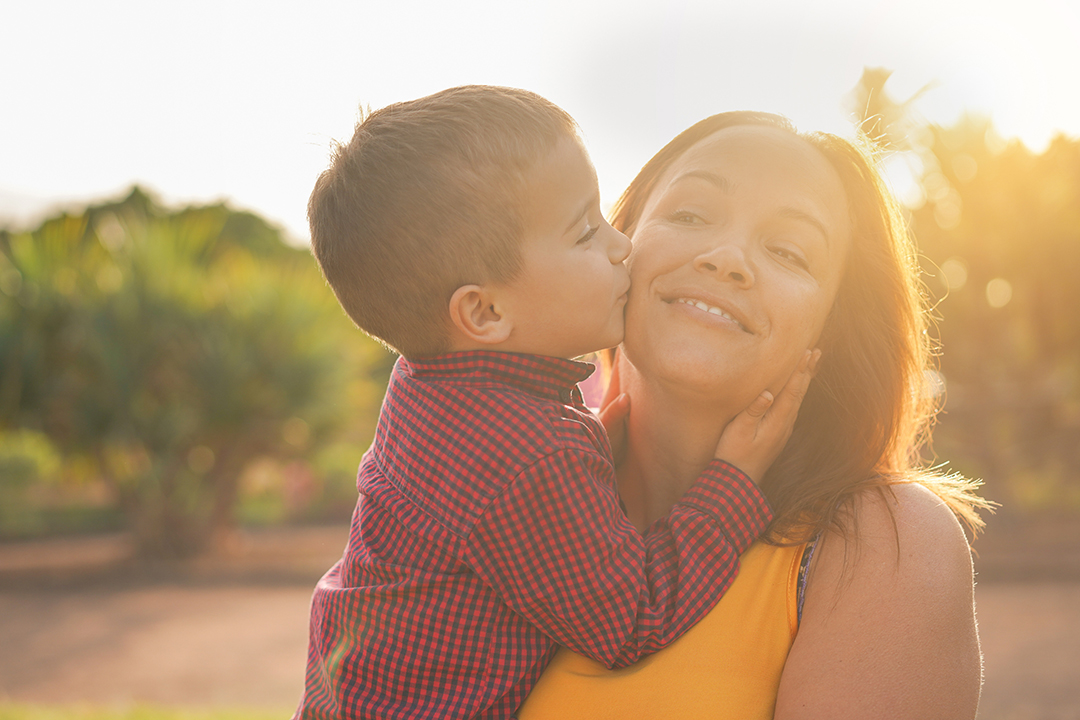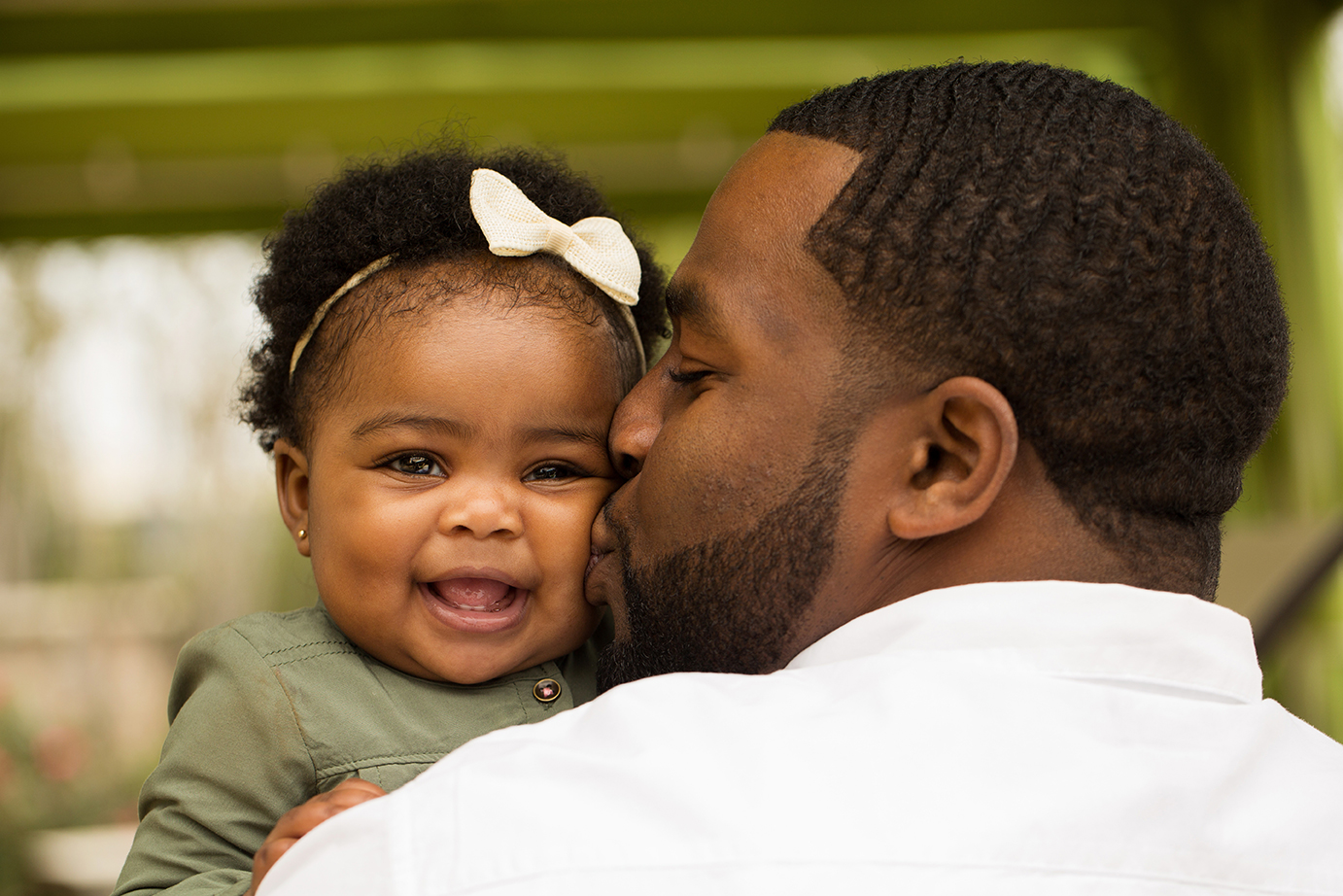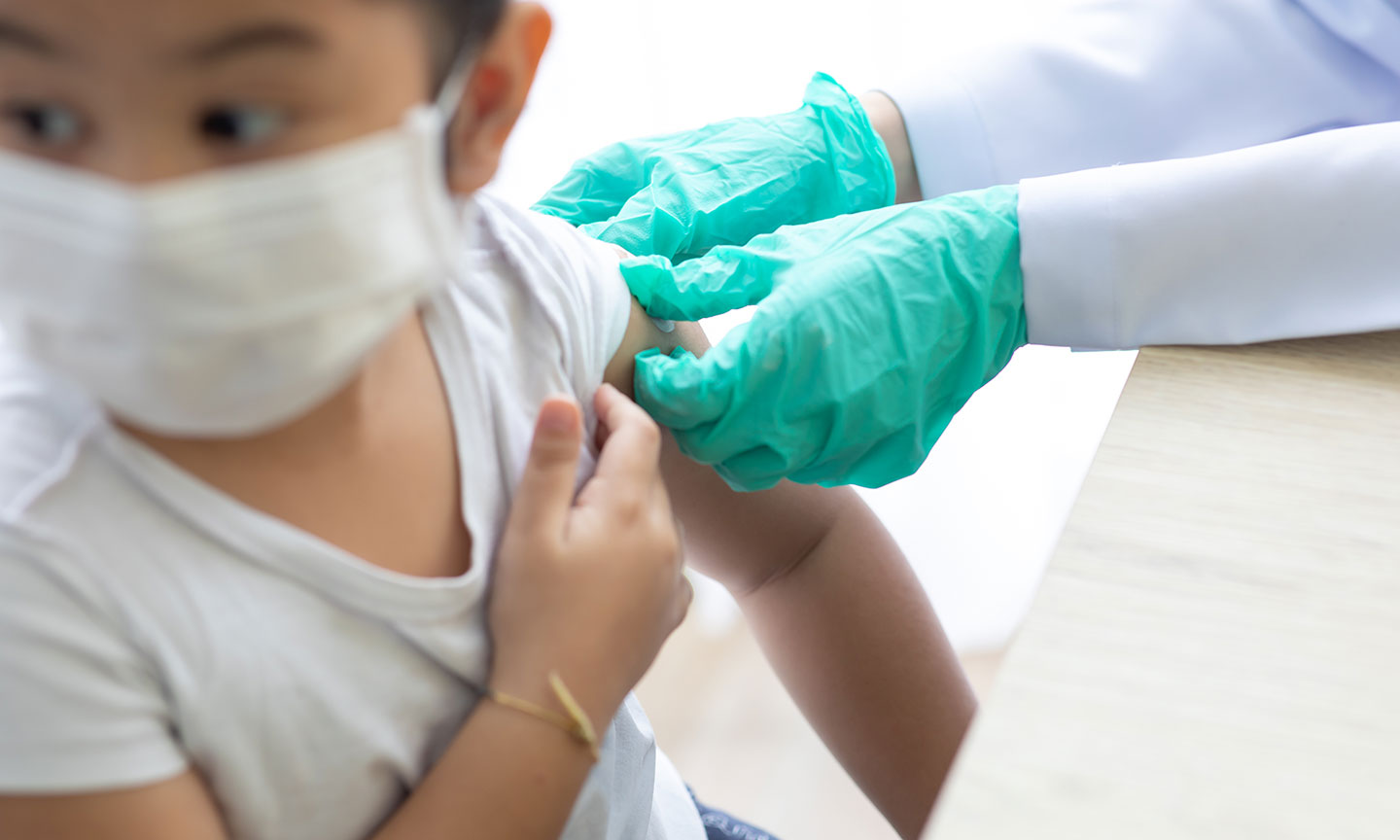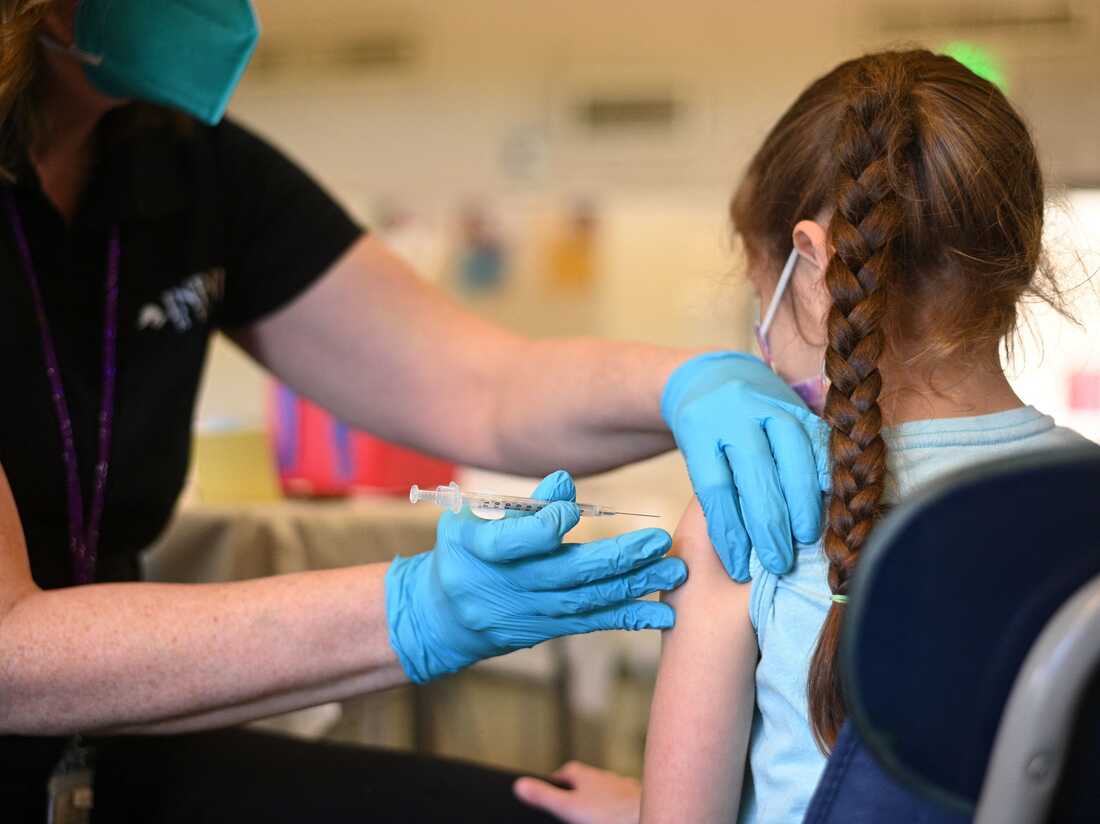Summer is finally here! It’s time for pool parties, BBQ’s, endless outdoor activities and just plain fun in the sun. With all this fun comes safety. Here are some important tips to keep kids safe and healthy this summer.
WATER SAFETY
Swimming and other water activities are excellent ways to get physical activity and have fun during the hot weather months. However, according to the American Red Cross, sadly, drowning is a leading cause of death for children. Here are some key tips to stay safe.
Why Is Water Safety So Important
It only takes a moment. A child or weak swimmer can drown in the time it takes to reply to a text, check a fishing line or apply sunscreen. Death and injury from drownings happen every day in home pools and hot tubs, at the beach or in oceans, lakes, rivers and streams, bathtubs, and even buckets.
How to Make Water Safety a Priority
- Even if lifeguards are present, you (or another responsible adult) should stay with children. When kids are in or near water, closely supervise them at all times.
- Teach children to always ask permission to go near water.
- Children, inexperienced swimmers, and all boaters should wear U.S. Coast Guard-approved life jackets.
- Create a safer home pool or hot tub by securing your pool when not in use.
- Fence pools and spas with adequate barriers, including four-sided fencing that separates the water from the house with a self-closing and self-latching gate that is out of the reach of a child. This reduces a child’s risk of drowning 83% compared to three-sided property-line fencing.
- For above-ground pools, secure, lock or remove steps, ladders and anything that can be used for access (such as outdoor furniture and toys) whenever the pool is not being actively supervised by an adult.
- Install a secondary barrier, such as: door alarms and locks that are out of the reach of a child on all doors and windows with direct access to the pool or spa area and install lockable covers. For further details, consult the pool barrier guidelines issued by The United States Consumer Product Safety Commission.
- Take specific precautions for the water environment you are in for example, at the beach, always swim in a lifeguarded area.
- Establish and enforce rules and safe behavior:
- Do not enter headfirst unless in a pool that has a safe diving area.
- Stay away from drains and other openings that cause suction.
- Swim with a buddy.
- Only swim when supervised.
- Know what to do in a water emergency – including how to help someone in trouble in the water safely, call for emergency help and CPR.
STAYING SAFE DURING THE HEAT Outdoor play and exercise boosts a child’s physical and mental health in many ways. But did you know that a heat index at or above 90°F, as identified by the National Weather Service, poses a significant health risk? High temperatures and extreme heat can cause children to become sick very quickly in several ways. It can cause dehydration, heat exhaustion, heat cramps and heat stroke, which is a medical emergency. Here are some tips for keeping kids safe when the temperatures soar.

